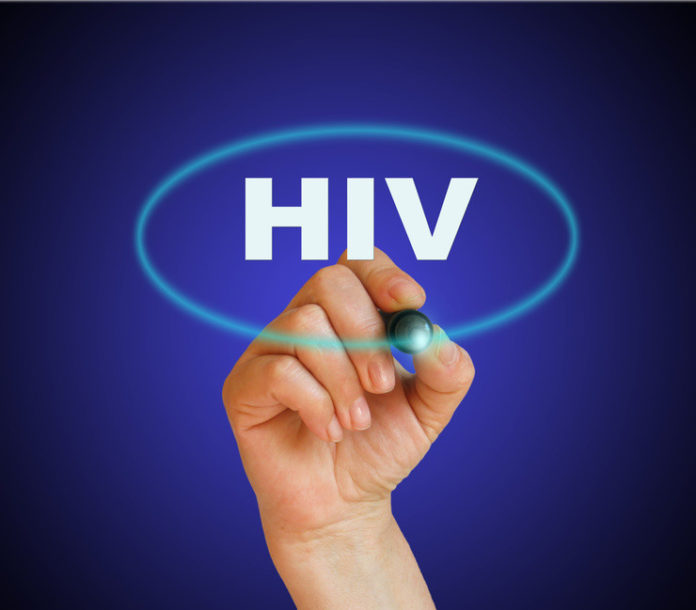
A major barrier to finding a cure for HIV/AIDS is the presence of latent HIV in the cells of chronically infected individuals. But a team of Yale and Johns Hopkins researchers may have pinpointed a strategy for eliminating the residual virus.
The study is published online on Jan. 7 by the journal Nature.
Despite treatment with antiretroviral therapy, HIV persists in patients in a latent reservoir. Yale researchers and their co-authors at Johns Hopkins University, the University of California-San Francisco, and Regeneron Pharmaceuticals explored the question of whether specific immune cells known as killer T cells, or CTLs, could be stimulated to effectively target and destroy infected cells that harbor dormant viruses. The results of this study have major implications for the design and development of a therapeutic vaccine to cure HIV patients, said the researchers.
In their investigation, the researchers first studied the viral DNA of two groups of 25 HIV patients, including 10 who had started antiviral therapy within first three months of infection and 15 who had already been chronically infected before receiving therapy. They found that the viral reservoirs of chronically infected individuals were dominated by “escape mutations,” or variants that allow HIV to evade detection by CTLs.
“These results help explain why none of the current vaccines can clear HIV from the body,” said Liang Shan, a postdoctoral fellow at Yale School of Medicine and co-senior author of the paper. “The next question was how, given a boost, CTLs could recognize and kill infected cells despite the escape mutations.”
Led by Dr. Robert Siliciano, co-senior author and professor of medicine at Johns Hopkins University, the researchers addressed this question by exposing CTLs isolated from patients to mixed pieces of HIV proteins and then observing their function in vitro. They found that with this stimulation, the CTLs could provide a more broad and effective immune response that targeted unmutated portions of HIV proteins. Residual HIV from both groups of patients could be targeted by the newly stimulated CTLs.
“The next big thing was to test this strategy outside the petri dishes,” said co-senior author Richard Flavell, chair and Sterling Professor of Immunobiology at Yale School of Medicine. To that end, the researchers also conducted a small-scale preclinical trial using “humanized” mice carrying HIV-patient immune system. In the vaccine group, the stimulated CTLS that targeted unmutated HIV epitopes were able to control the infection, and in some mice, they cleared the circulating virus. In the placebo group, HIV infection rapidly progressed in the mice.
“Our study suggests that directing CTL responses to unaltered pieces of virus may be the future direction for the development of therapeutic vaccine to clear HIV,” said Shan.
Flavell added, “Another important implication coming from this study is that it shows the great value of reconstructing a patient immune system in mice in the studies of a disease, such as infection or cancer, and suggests how this can be of value in the development of medicines.”
Story Source:
The above story is based on materials provided by Yale University. The original article was written by Ziba Kashef. Note: Materials may be edited for content and length.
Journal Reference:
- Kai Deng, Mihaela Pertea, Anthony Rongvaux, Leyao Wang, Christine M. Durand, Gabriel Ghiaur, Jun Lai, Holly L. McHugh, Haiping Hao, Hao Zhang, Joseph B. Margolick, Cagan Gurer, Andrew J. Murphy, David M. Valenzuela, George D. Yancopoulos, Steven G. Deeks, Till Strowig, Priti Kumar, Janet D. Siliciano, Steven L. Salzberg, Richard A. Flavell, Liang Shan, Robert F. Siliciano. Broad CTL response is required to clear latent HIV-1 due to dominance of escape mutations. Nature, 2015; DOI: 10.1038/nature14053
